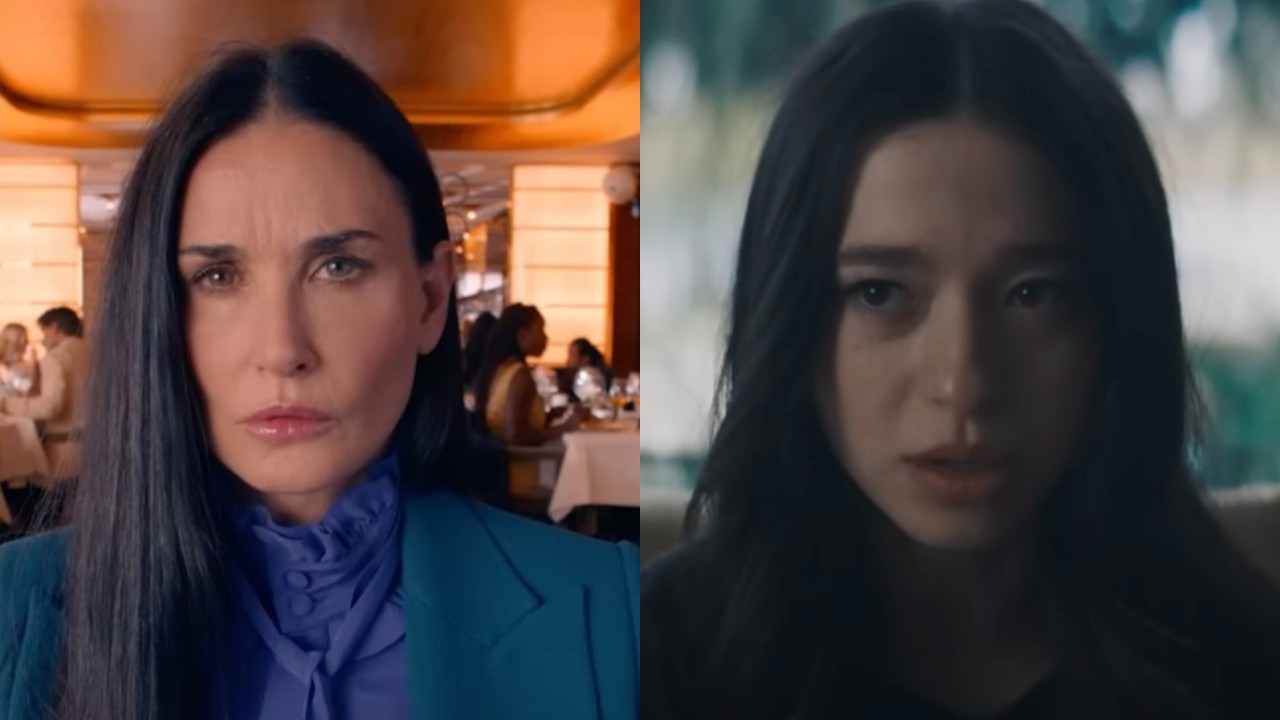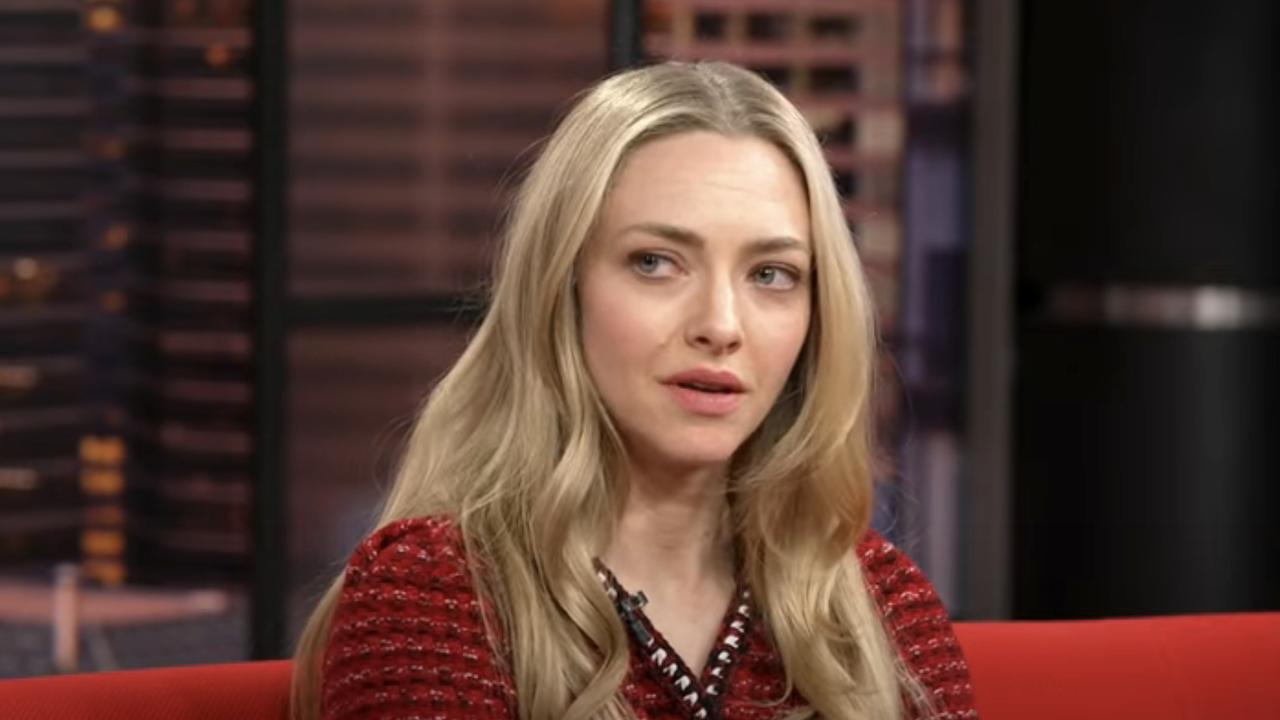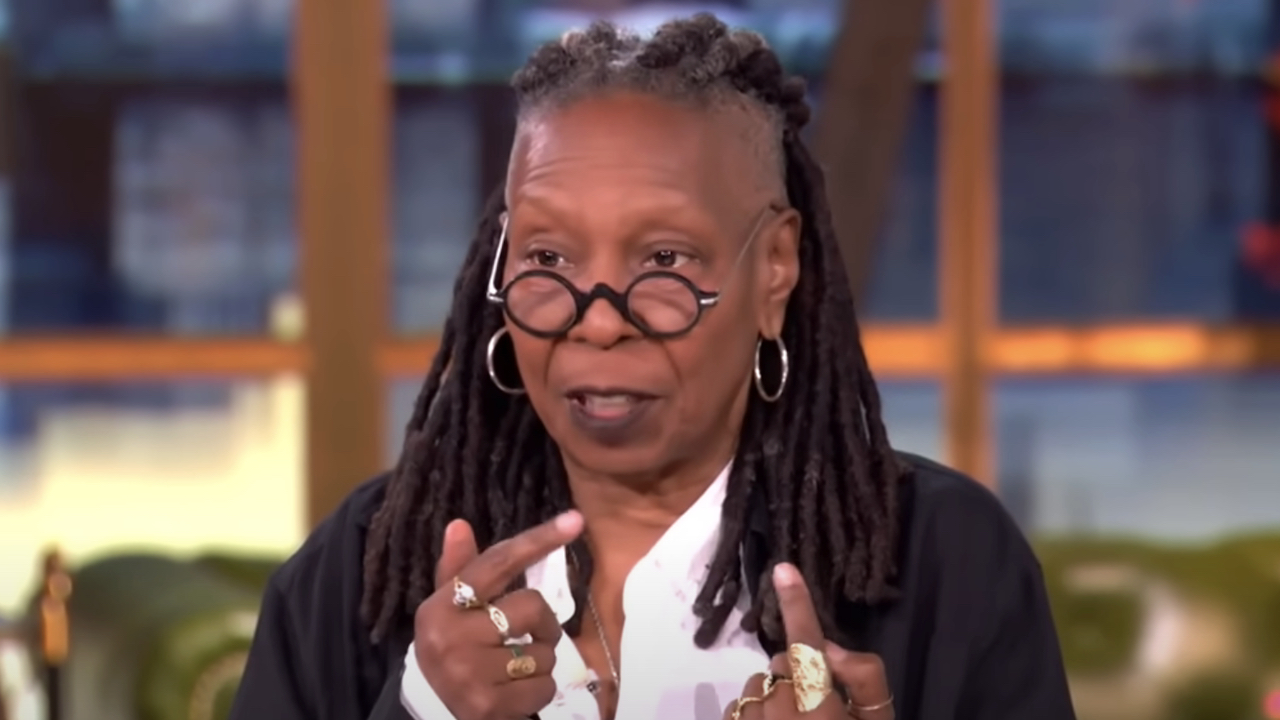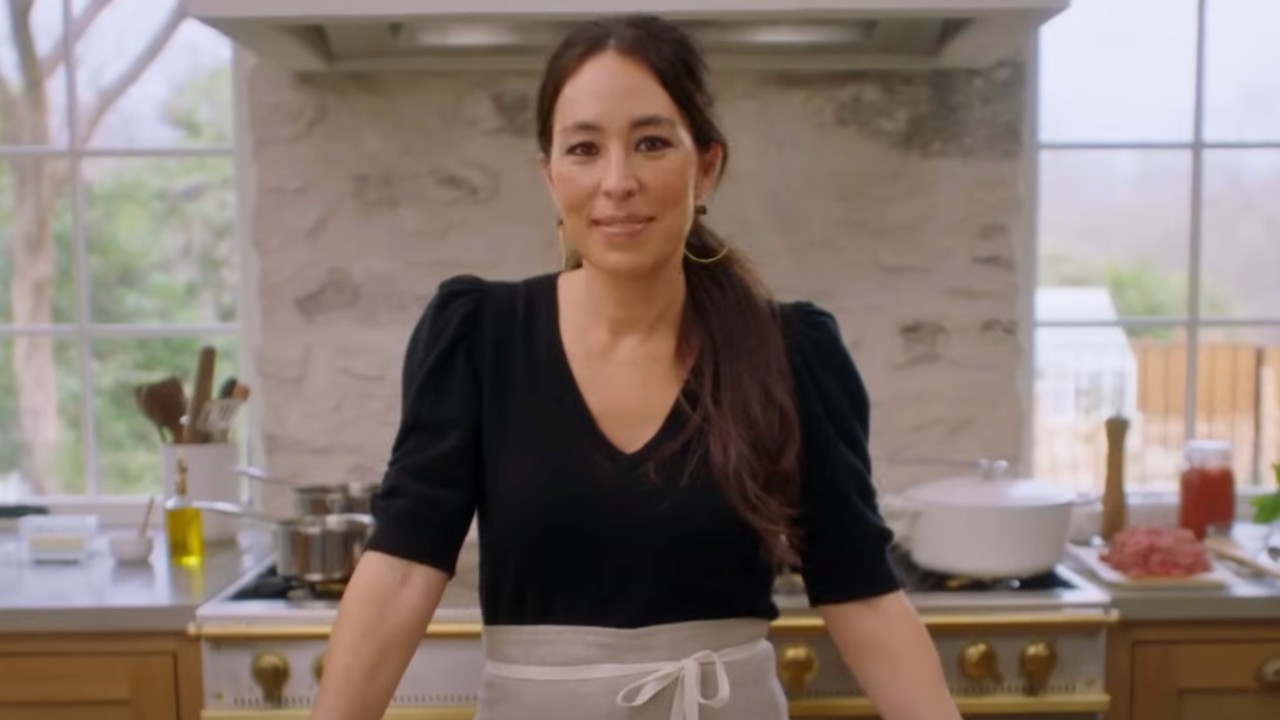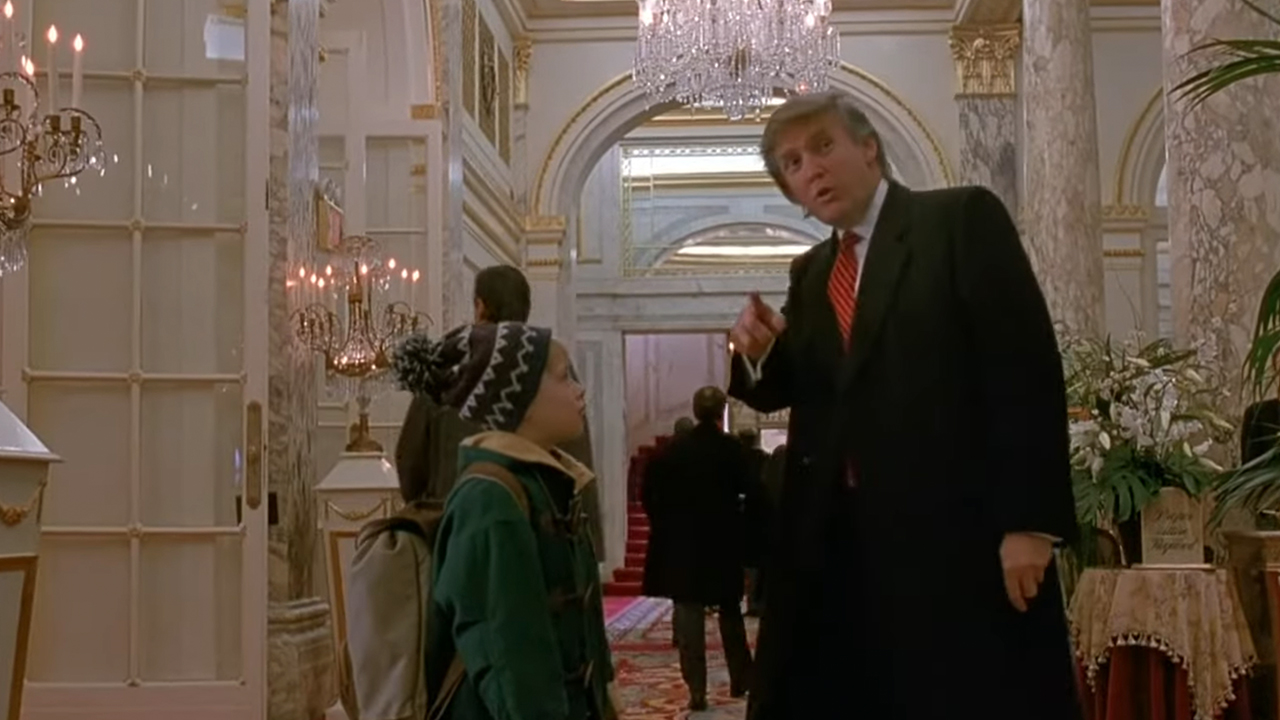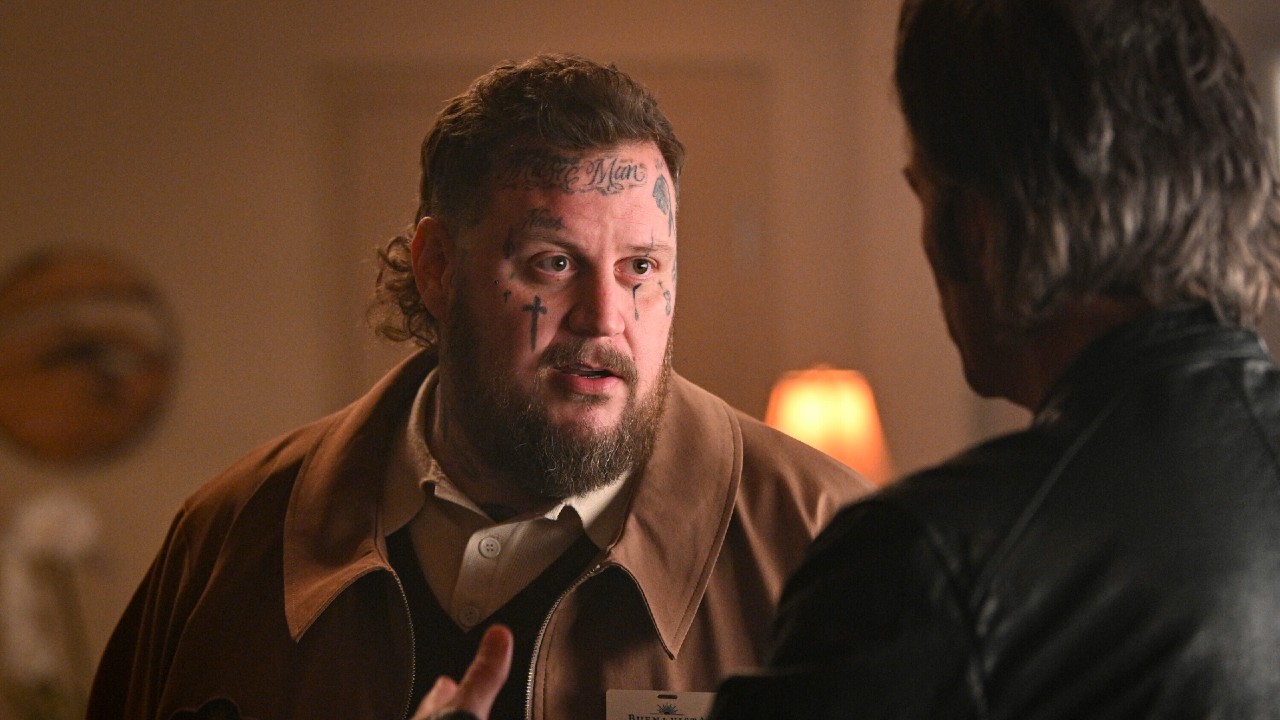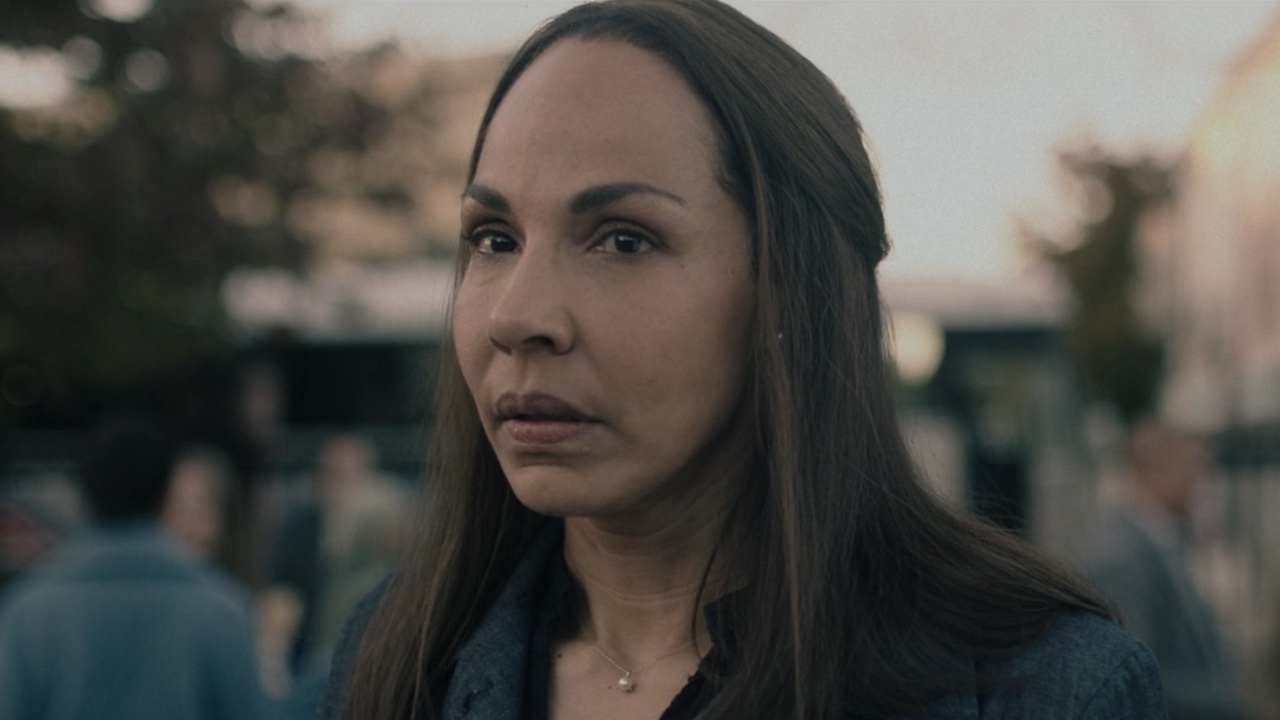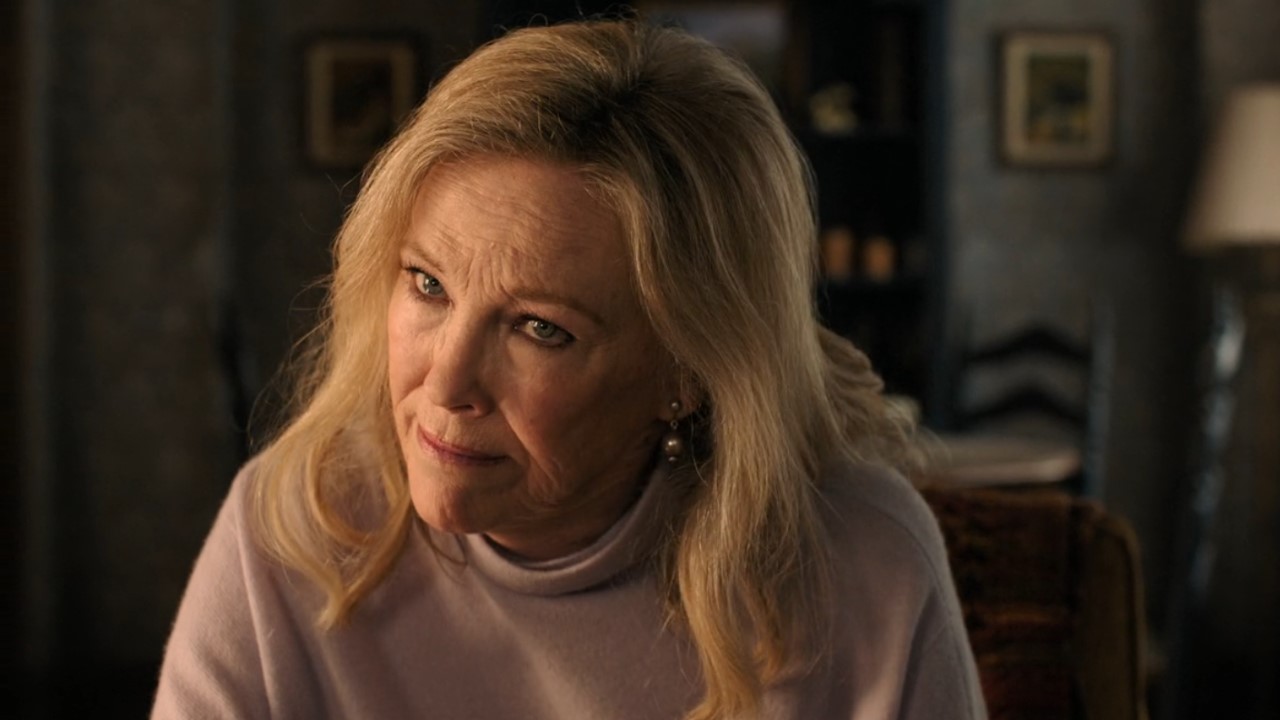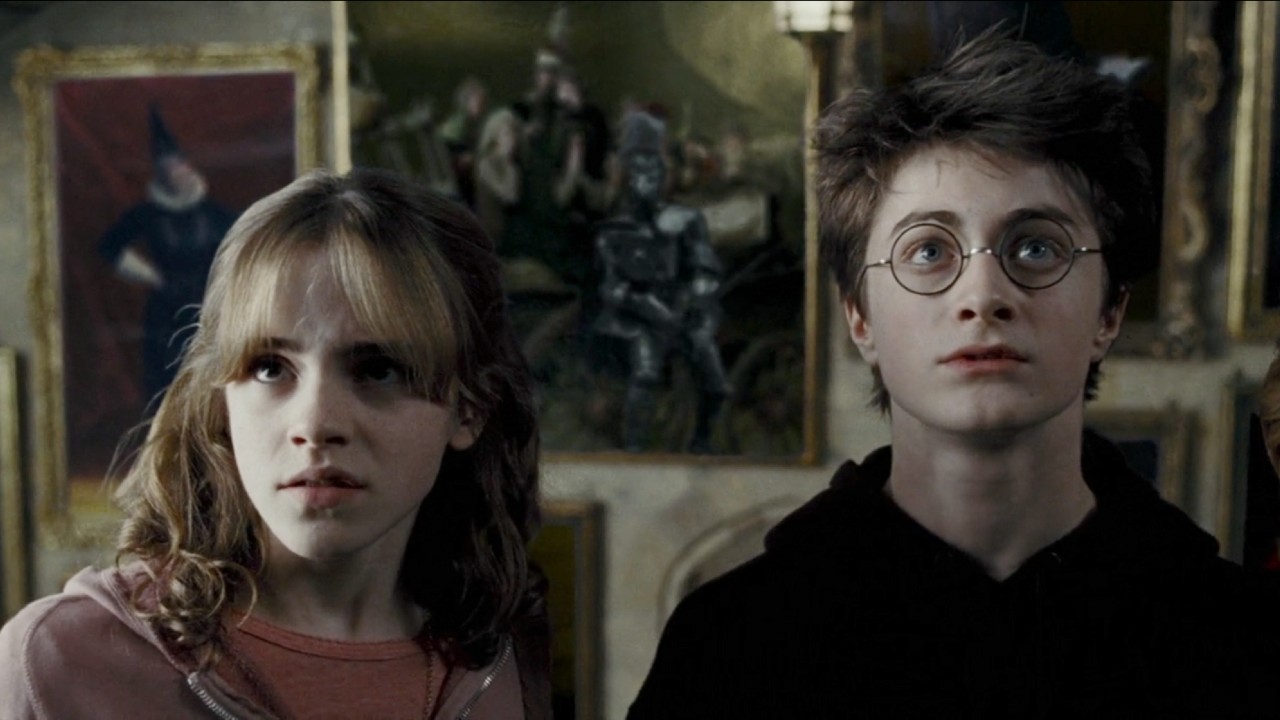Who Framed Roger Rabbit’s Evil Plot Was Actually Pretty Brilliant
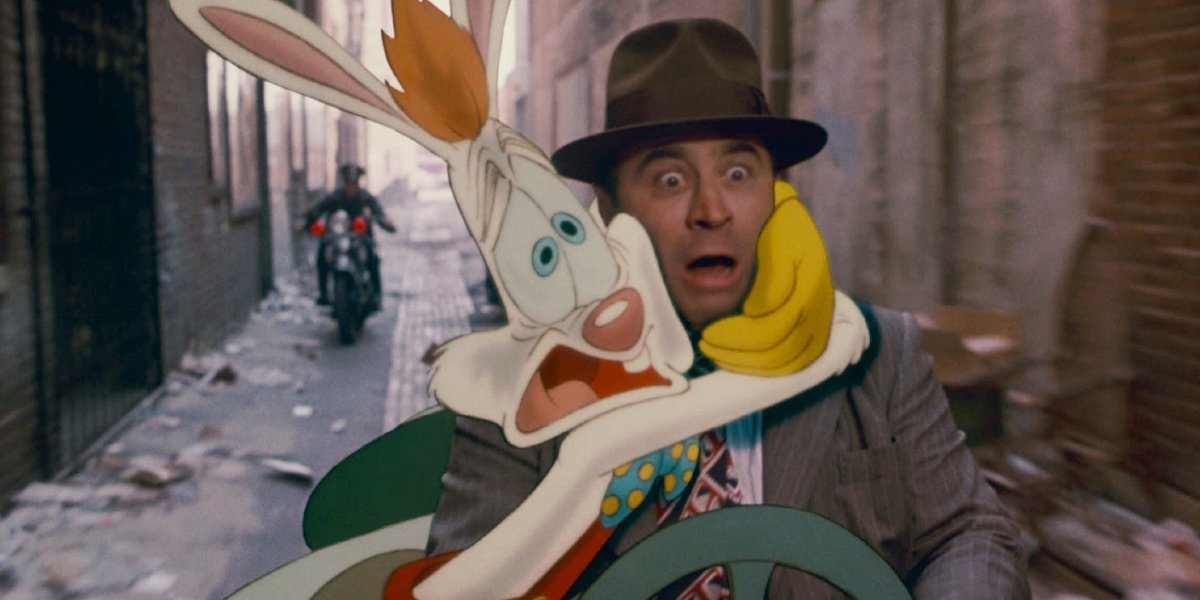
CinemaBlend participates in affiliate programs with various companies. We may earn a commission when you click on or make purchases via links.
For over 30 years, Who Framed Roger Rabbit has been one of my favorite movies of all time. It introduced me to film noir as a child, it helped fuel my love of mysteries, and it’s a cartoon fan’s dream to see that many iconic characters on the screen at once.
To my surprise, for as many times as I’ve revisited director Robert Zemeckis’ landmark blockbuster, I never really looked at the mystery behind the action. But upon a recent viewing of the film, it hit me like a ton of bricks: the evil plot from Who Framed Roger Rabbit’s antagonist is actually pretty brilliant!
Sure enough, buried in the middle of some A+ theatrics and enough cameos to make the Star Wars saga feel inadequate, there’s a tightly-wound villainous plot that plays out both during the film and throughout its backstory! Today, we’re going to discuss a tale of greed, sex and murder that’s more ingenious than it’s ever been given credit for, and that’s saying a lot.
One last thing, before we get started: it’s obvious that tons of spoilers for Who Framed Roger Rabbit are going to be in play. So if you haven’t seen the film yet, you should give yourself a treat and see it for yourself. In fact, if you’re so inclined, you can take advantage of a 7-day free trial of Disney+ and watch the movie as part of its library.
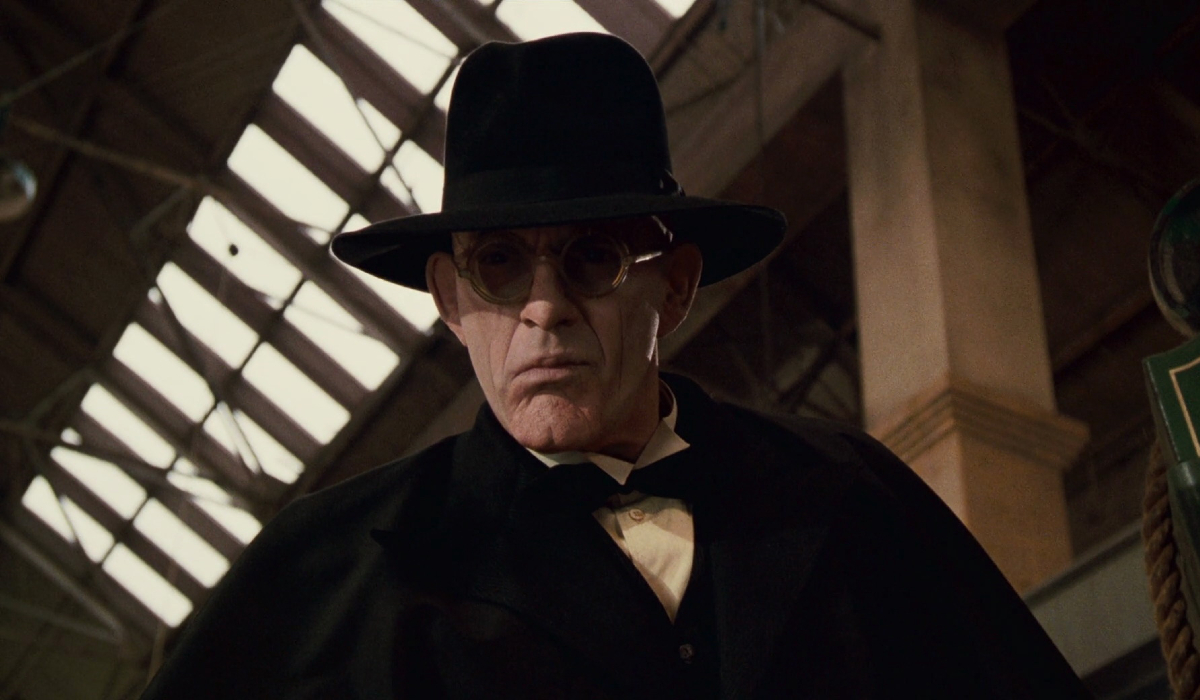
The Evil Plot Behind Who Framed Roger Rabbit
The overarching villain in Who Framed Roger Rabbit is Christopher Lloyd’s legendary baddie Judge Doom, a man we know to be a criminal and cartoon in disguise as a human. And his big scheme starts years before the film begins, as Doom steals a whole bunch of Toontown’s currency, Simolians, in order to buy his election to the position of judge.
Coincidentally, this is also where private detective Eddie Valiant’s (Bob Hoskins) brother, Teddy, winds up dead, as Doom drops a piano on his head during his getaway. This will play a very important part later on in Who Framed Roger Rabbit’s plot.
CINEMABLEND NEWSLETTER
Your Daily Blend of Entertainment News
Now Judge Doom, our villain, becomes a powerful person of authority and eventually parlays that into some business interests. Namely, sole ownership of the transportation Cloverleaf Industries, a company with the sole purpose of buying and dismantling California’s Red Car trolley transit system.
On top of that, Judge Doom’s Cloverleaf wants to buy cartoon studio Maroon Cartoons and the Acme Corporation’s novelty joke factory. The goal behind these land purchases isn’t just to extent the Red Car’s trolley route, but rather to jumpstart the development of the Interstate Highway System.
This would have included wiping Toontown off the map, thanks to Doom’s cruel weapon known infamously as “Dip,” a solution that dissolved cartoons in a most painful fashion. And all that stood in its way was one toon-loving gag king: Marvin Acme (Stubby Kaye).
To get around that obstacle, he’s going to have to do something pretty drastic; and it begins with the perfect coverup, which requires framing the ultimate patsy.
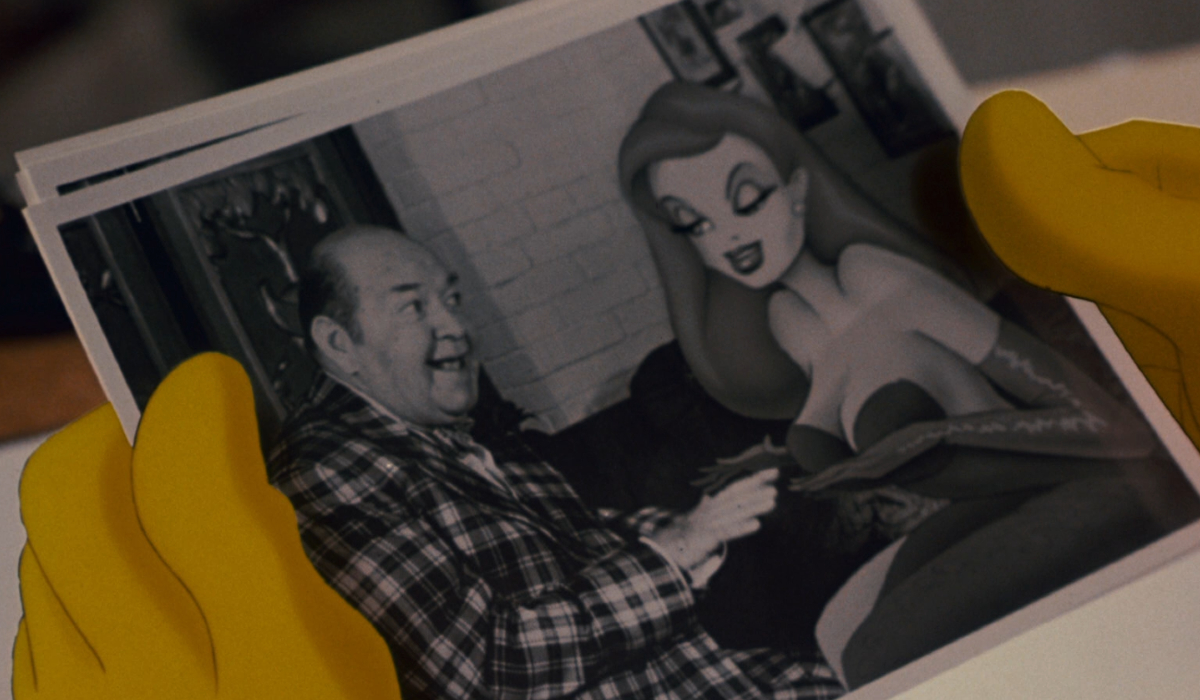
How Roger Rabbit Was Framed
The beginnings of Who Framed Roger Rabbit’s actual framing plot are really simple. Roger’s wife, Jessica Rabbit (Kathleen Turner), is blackmailed by the head of her husband’s employer, Maroon Cartoons, to be photographed as participating in an extramarital affair. But R.K. Maroon (Alan Tilvern) wasn’t really after Jessica; he was aiming to incriminate Marvin Acme so he could sell his studio.
With Acme seen as a home-wrecker, he surely would have been done for and had to sell his company – which was the only way Maroon Cartoons would have been purchased by Judge Doom’s Cloverleaf Industries. Unfortunately, this gave Doom the perfect cover for his own means of removing Marvin Acme from the Who Framed Roger Rabbit equation.
This scenario presented a potential motive for Roger’s supposed murder of Marvin Acme. Not to mention, Doom now had an extra Achilles’ Heel to take advantage of: Eddie Valiant’s racism against toons, thanks to his brother’s murder.
Judge Doom kills Marvin Acme in the exact same manner he killed Teddy Valiant: by dropping a safe on his head. With some paint that matches the same shade Roger’s gloves are made of, there’s a perfect circle of evidence and prejudice that should have led to Roger Rabbit’s conviction.
Under typical circumstances, Eddie would have more than likely helped steamroll Roger’s conviction and left him to rot. And knowing the justice system on a cursory level would have shown anyone that this plot could have actually worked.
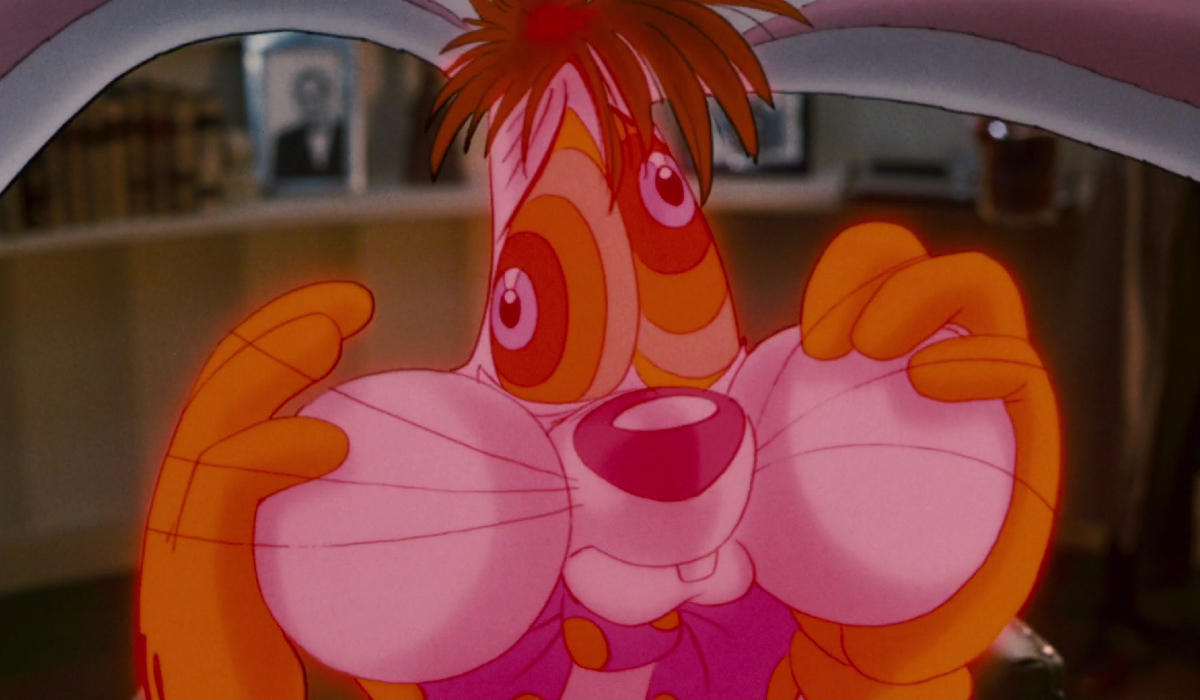
Roger Rabbit More Than Likely Would Have Been Convicted If He Went On Trial
The rough benchmark for conviction in a murder trial falls down to three aspects: “means, motive, and opportunity.” As far as Who Framed Roger Rabbit’s big frame up is concerned, “the means” come from a classic method of toon violence: dropping a large object on your opponent.
In terms of what “the motive” would be, Jessica Rabbit’s supposed affair with Marvin Acme filling Roger with rage would have covered that base more than well. This, in turn, dovetails with “the opportunity,” as not only was Roger seen fleeing Maroon Cartoons in a state of anger, we the audience last see Roger at the Acme factory, so that only compounds this case.
If Roger Rabbit had gone on trial for this supposed murder, a jury could have convicted him. The evidence was supposedly strong, the benchmarks for reasonable doubt were established above, and with the right lawyers at work, this could have been the trial of the century.
Roger Rabbit would have been framed either as a thug who perpetrated a murder against a human pillar of the community, a jealous husband trying to avenge his wife’s honor, or even an advantageous toon trying to get his own hands on Toontown. You could take your pick of motive, but it all spells “reasonable doubt” with every other piece of the puzzle lined up.
But even if Roger was somehow acquitted, it would have been all for naught if his “love letter” never showed up in the commotion. Since he wrote that letter to his wife on what turned out to be Marvin Acme’s will, the worst case scenario would have seen Cloverleaf getting its hands on Toontown if Doom had survived, or in the best case scenario, Doom would have still been dead, and Toontown could have been up for grabs to the highest bidder.
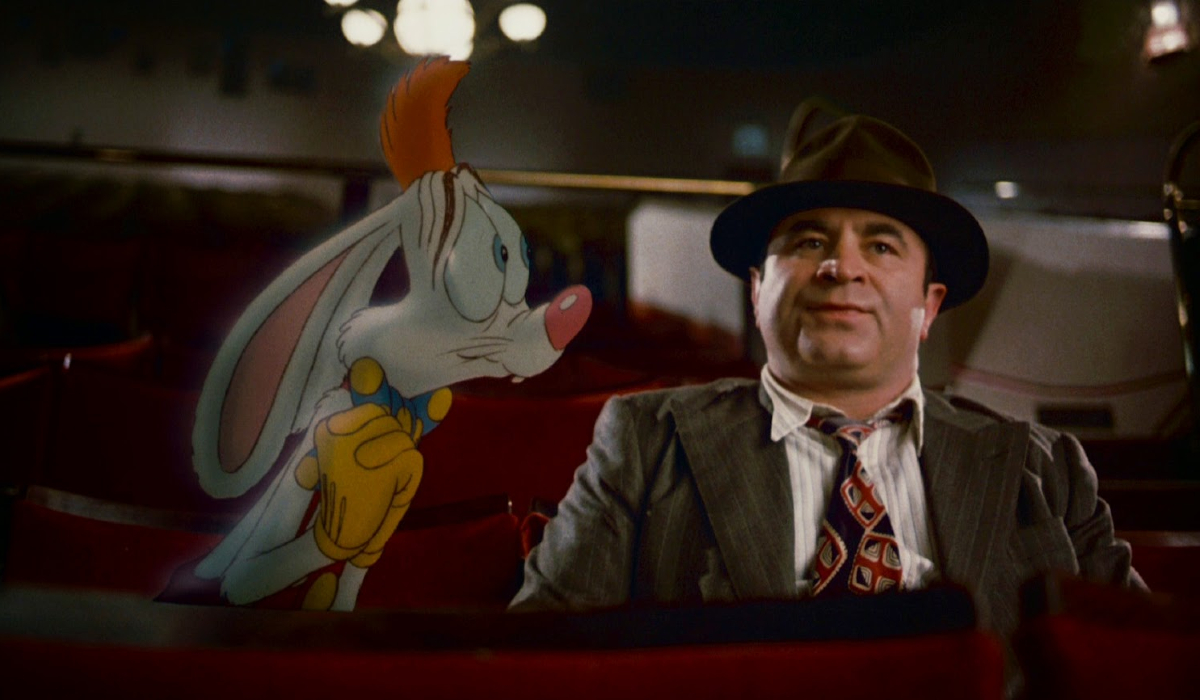
The Will Of Friendship In Who Framed Roger Rabbit
Two large factors save Toontown and Roger Rabbit’s life in Who Framed Roger Rabbit: Eddie Valiant’s burgeoning friendship with Roger and his ace detective skills. As much as Eddie was a potential liability to Roger’s survival, if he wasn’t drawn into the case, he would have never befriended Roger in the first place!
Not to mention, without snooping on Marvin Acme and taking the dirty pictures that were meant to ruin him, Eddie would have never known that Marvin had the will on his person the night those photos were taken. Which, in turn, would have never led to him remembering that Roger wrote his wife a love letter on a supposedly blank piece of paper.
Thanks to their madcap adventure, Eddie prevents Roger from being captured throughout Who Framed Roger Rabbit, which also gives him ample time to figure out the full plot behind Judge Doom’s attempted takeover of Toontown. And after his introduction to the usage of disappearing/reappearing ink, by both Marvin and Roger, our grumpy gumshoe realizes that Acme’s Will has not only been discovered, it’s been in play throughout the entire movie as everyone thought it was just Roger’s goofy love letter.
Between Eddie Vailant’s skilled investigation and his slow, but sure reversion to being able to trust Toons, Who Framed Roger Rabbit debunks Judge Doom’s pretty ingenious machinations with an equally creative journey of friendship and comedy.
I thought I loved Who Framed Roger Rabbit as much as a person could throughout all of the years I’ve been watching it. And yet, after examining the mystery plot and seeing how it not only holds up, but also enhances the actual story being told between Eddie and Roger, I’ve only come to realize that I’ve only ever been half watching this movie.
With this new viewpoint fresh in my head, it only makes me more certain that it’s a film that will stand the test of time much as classics like Casablanca and The Godfather have in eras past. That’s something the folks at Disney should keep in mind when discussing Who Framed Roger Rabbit, despite their supposed souring on the film’s legacy.
Nevertheless, we’ve brought this particular case to a beautifully satisfying close, and all involved can go home happily ever after. Though I must apologize to Eddie Murphy, as this whole argument has probably opened up some old wounds. Maybe if that fabled sequel ever gets off the ground, Mr. Murphy can be approached to pick up the torch as Roger’s new human friend; but that’s an argument for another day.

Mike Reyes is the Senior Movie Contributor at CinemaBlend, though that title’s more of a guideline really. Passionate about entertainment since grade school, the movies have always held a special place in his life, which explains his current occupation. Mike graduated from Drew University with a Bachelor’s Degree in Political Science, but swore off of running for public office a long time ago. Mike's expertise ranges from James Bond to everything Alita, making for a brilliantly eclectic resume. He fights for the user.
